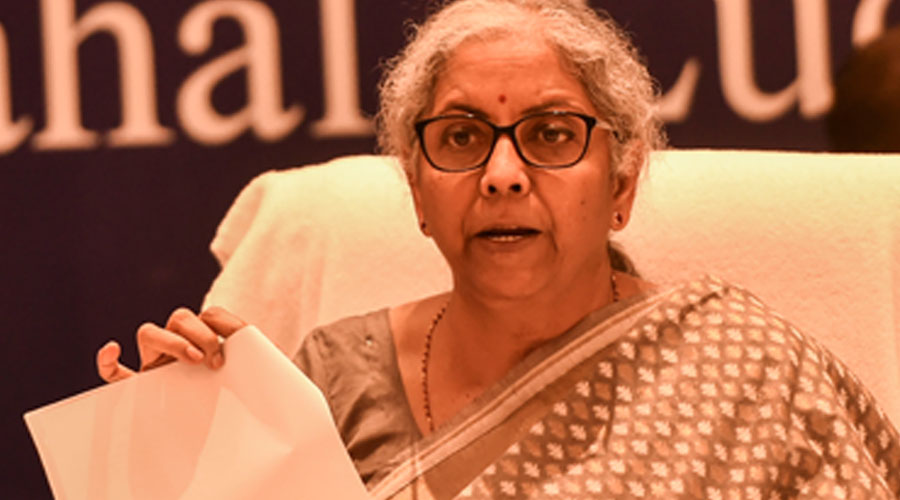The so-called ‘bad bank’ is ready to get off the ground. Last week, the Centre said it would provide guarantees worth Rs 30.6 billion that will buttress the security receipts that the National Asset Reconstruction Company Ltd intends to float after it acquires about Rs 900 billion worth of bad loan assets in the first phase. The guarantee from the government provides a measure of comfort to investors who can work up the courage to acquire these risk-laden security receipts. When the finance minister, Nirmala Sitharaman, had announced in her budget speech this year that the Centre intended to establish the NARCL, it raised the hope that banks would finally be able to clean up their books by parcelling out their legacy bad loans to an institution that will work in tandem with another entity — the India Debt Resolution Company — to sort out the mess arising from the toxic assets in the banking sector. In theory, the mechanism looks good and has been tried and tested in other countries.
Scheduled commercial banks carried non-performing loans worth Rs 8.34 trillion on their balance sheets at the end of March 2020. Only a small portion of this is classified as toxic assets where there are grave questions about recovery. The scale of non-performing loans in the banking industry has shrunk by Rs 611 billion in the year ended March 31, according to a finance ministry statement in July. But there remains a lurking worry that the non-performing assets could rise next year. The Reserve Bank of India’s Financial Stability Report released in July said that stress tests had shown that the gross NPA ratio of the scheduled commercial banks could rise from 7.48 per cent in March 2021 to 9.8 per cent by March 2022 under the baseline scenario and, possibly, to 11.22 per cent under a severe stress scenario. If this happens, it would severely undermine efforts to tackle the twin balance sheet problem represented by mounting unpaid loans on the books of companies and the banks.
India needs to draw lessons from other countries where the bad bank concept has worked reasonably well. A study by the Bank for International Settlements reveals that asset segregation without recapitalization of banks has a statistically insignificant impact on loan growth and future non-performing loans. Paradoxically, the study revealed banks that transfer a smaller fraction of their assets exhibit stronger credit growth and lower future non-performing loans. One comforting fact is that banks in India have sufficient capital to withstand a severe stress-case scenario. But the success of the bad bank will hinge on the efficiency of India’s legal system in ensuring debt resolution after the banks segregate their impaired assets. Unfortunately, the experience with the insolvency resolution mechanism does not inspire a great deal of hope.











